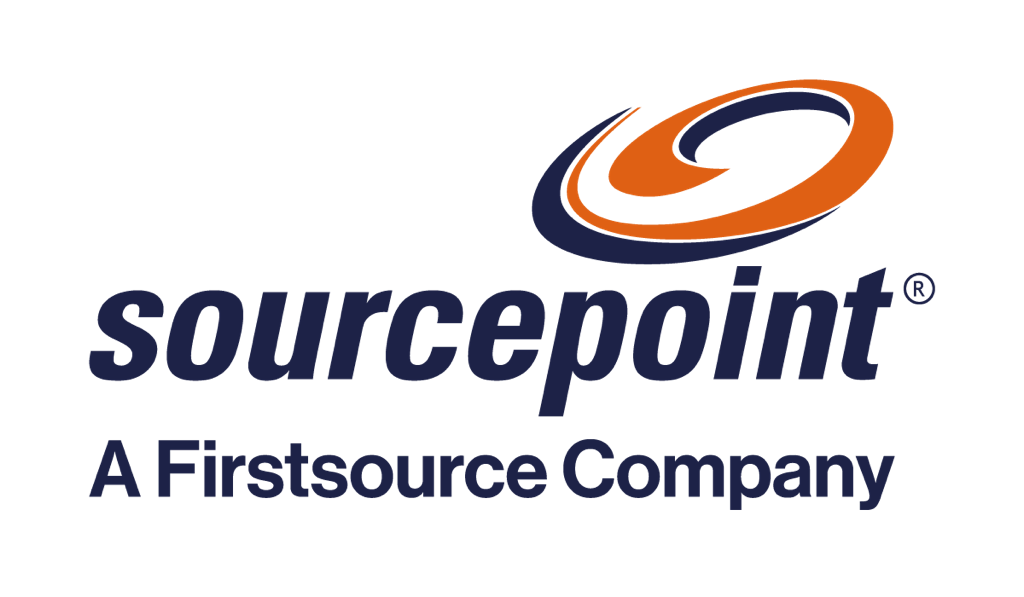Remember the days when we only had two choices to build technical systems – either buy the software or custom code a new application? Though these were some great options, a third option has emerged since that is changing the game — Low-Code No-Code (LCNC) platforms that allow you to create applications tailored to your business requirements, and implement them quickly, at a fraction of the cost of custom coding.
So, what’s the deal with LCNC platforms? They’re user-friendly development solutions designed for people who want to upgrade their business processes and workflows without the hassle of hiring software developers or waiting for their engineering team to be available.
Our journey with LCNC platforms
At Firstsource, we’re proud early adopters of the LCNC technology. We’ve built a wide range of business process solutions for our clients, from simple to complex, and the speed, agility, and affordability of these solutions have made our clients’ experience truly remarkable.
While numerous LCNC platforms are available, including Microsoft, Mendix, Appian, and OutSystems, we predominantly use Microsoft Power Platform for client projects, having developed expertise through understanding each platform’s strengths and weaknesses. We chose Microsoft due to its widespread availability and cost-effectiveness, while recognizing that other platforms offer unique benefits for specific client needs.
Here are the top five outcomes we can deliver by leveraging LCNC:
1. Enhanced Productivity:
Low code/no code platforms enabled rapid solution delivery, reducing development time from two weeks to just four hours for simple solutions, and 4 to 8 weeks for more complex applications.
2. Faster Onboarding:
Project onboarding is streamlined, with timelines cut from three weeks to under a week for uncomplicated projects, while complex UI/UX project durations vary depending on requirements.
3. Improved Disaster Recovery (DR) Maturity:
Inherent cloud hosting within low code/no code platforms makes it easier to boost infrastructure resilience and DR maturity, tailored to client needs.
4. Increased Business Agility:
Seamless integration with application APIs and web services, as well as reusable building blocks, accelerated tool and technology deployment, keeping businesses on top of automation trends.
5. Quicker Iterations:
LCNC platforms facilitated rapid iteration and editing of processes to meet evolving business needs, reducing Minimum Viable Product (MVP) release timelines from 12 weeks to 6 weeks.
We recommend considering shadow IT risks while exploring similar solutions as LCNC platforms can lead to citizen developers bypassing IT governance, posing security concerns. We mitigate this by using a controlled data repository, centralized licensing, and integrating our technology governance process with citizen developers. Architectural oversight is also a risk and to avoid compromising critical aspects of a solution, Firstsource uses an ideation portal where ideas are reviewed and architecture designs are provided, ensuring no gaps or oversights.
Here’s just one example. Our onshore Health Plans services team of over 600 users relied on a legacy VB6 application for daily inventory management and production tracking, which fed into the payroll system. Due to its outdated technology and security risks, we replaced it with an MS-PowerApps solution, leveraging an LCNC platform for rapid development and deployment. This modern, cloud-based system features an intuitive UI/UX, compatibility with various devices, and adheres to IT compliance and data security standards.
The successful adoption of this new system has paved the way for LCNC to be the go-to approach for all future Firstsource application development and legacy system transformations, promoting infra resilience, performance, and faster implementations.
If you’re interested in staying updated on all that’s happening in the tech space at Firstsource, follow our hashtag #FirstsourceTech
Handpicked Related Content
Six ways agile methodologies drive business value at Firstsource










